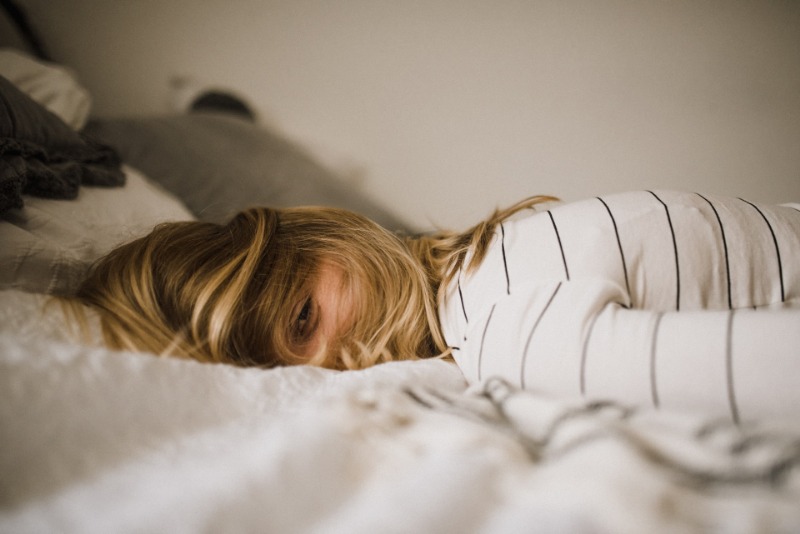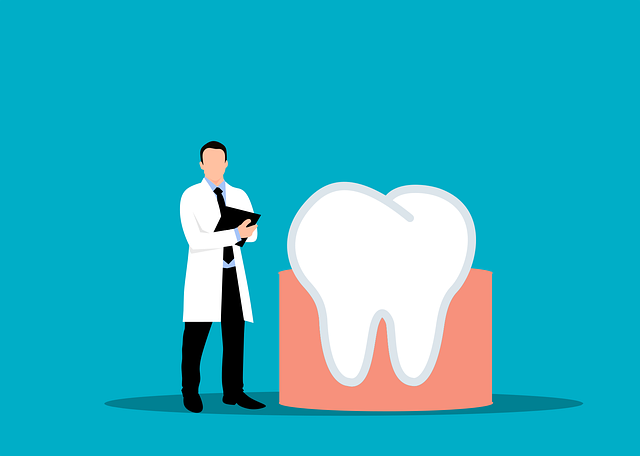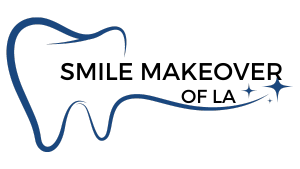
Sleep apnea is a severe sleep disorder in which breathing frequently stops and starts. If you snore stridently and feel drained despite a full night’s sleep, you might have sleep apnea.
The main types of Sleep Apnea: Glendale Dentist
- Obstructive sleep apnea
- Central sleep apnea
- Complex sleep apnea syndrome
Sleep Apnea: Symptoms
- Loud snoring
- You impede breathing while sleeping — which would be reported by another person
- Awakening with a dry mouth
- Morning headache
- Difficulty staying asleep
- Extreme daytime sleepiness
- A problem in paying attention while awake
- Bad temper
- Gasping for air during sleep
Sleep Apnea Threat: Dentist Glendale
Sleep apnea adds to the threat of quite a lot of other chronic health complaints. These problems can affect mental and physical health. The persistent tiredness that comes with untreated sleep apnea can also raise the danger of injuries. These people are more likely to have accidents at work or when they’re behind the wheel. These accidents can be deadly.
If you’ve sleep apnea and want to discuss your treatment options; consult a dentist. Yes, you read it right. By getting a patient’s complete medical history, a dentist can make out symptoms and refer them to a suitable doctor. Subsequently, the dentist would carry out a physical assessment, and sleep test, to settle on if an oral device could be a helpful treatment solution. Only those skilled in dental sleep medicine can give the fitting oral device fit for the patient.
The Role of Dentists in Sleep Apnea Treatment

To put it in simple words, dentists can be a helpful partners for disruptive sleep apnea treatment. After a diagnosis, a dentist can help people with sleep apnea. They can even suggest them treatment options. Dentists may suggest wearing oral appliances. These devices can relieve warning signs in patients of regular weight with mild to moderate sleep apnea.
Mandibular development devices, often called dental sleep devices, are the most normally used oral appliances. These devices look like mouthguards and they push the lower jaw forward. The muscles which fall during apneas tighten in such situations and they can’t fall. After a while, oral appliances can make the airway stronger so that they can decrease apneas. Some are modifiable and let the users adjust the position where the jaw sits when they’re in place.
Dentists weigh up their patients’ teeth, TMJ, and mouths to find out whether the patient is suitable for mandibular advancement devices. If they are appropriate, dentists generate models of their teeth. Then, specialists use these models to make oral appliances that fit patients’ mouths. Proper fitting is essential since an imperfectly fitted device can lead to jaw damage. Patients put on their devices even when they sleep to ease their sleep apnea symptoms.
Tongue-retaining devices are less regular. However, they’re suitable for a wider range of mouths. These oral appliances cleave the patient’s tongue in a forward position. As the tongue is attached to the lower jaw, this tool also keeps the airway open.
Dentists are in regular touch with their patients to ensure that their oral appliances are working and getting their symptoms better. At times the devices could be uncomfortable at the initial stage, but users should try to get adjusted within a few days. Habitual monitoring and persistent use help oral appliance users get better results. Oral appliances are a great approach for sleep apnea sufferers that meet the standard criteria.
Glendale Sleep Apnea
We at Smile Makeover of LA work to increase responsiveness to sleep disorders. Dr. Sahakyan does prompt and precise diagnoses with the best appropriate tests. Call us at 818-578-2334.
